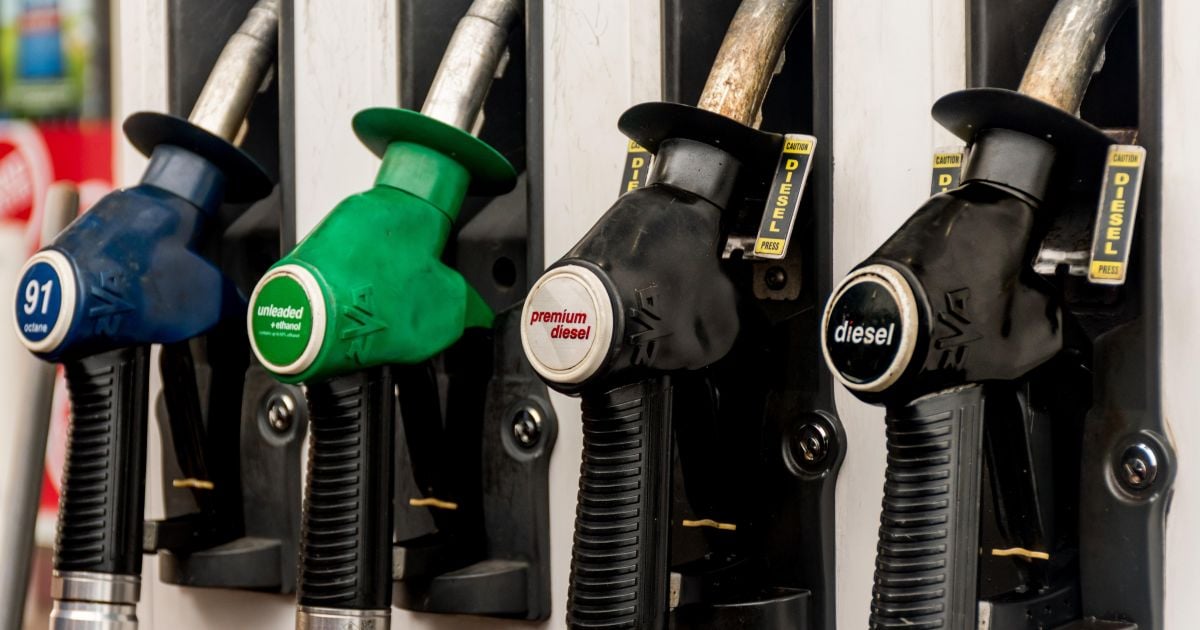Holidays aren’t cheap but this ‘bikepacking’ family can travel on $100 a day

- by Admin
- September 21, 2024
A cheap family holiday that keeps you fit and reconnects you with nature sounds too good to be true, but for Isaac Vitesnik and his family, “bikepacking” is a way of life.
The 42-year-old from Northern NSW recently spent the school holidays cycling 400 kilometres with his partner Natasha Kasselis, 37, and their two children, aged 10 and 13, around the Gold Coast.
The nine-day adventure cost the family of four less than $230 a day.
Mr Vitesnik said their free-camping cycle tours can cost as little as $100 per day, with food the primary expense, but that a few nights paid accommodation added to the bill this time.
Isaac Vitesnik and family say “bikepacking” is a fun, sustainable and affordable form of travel. (Supplied: Isaac Vitesnik)
Free camping means staying the night in a place that isn’t an official campground or holiday park.
As the cost-of-living crisis continues to bite, Mr Vitesnik wants to spread the word for other families to take up “bikepacking” as a fun, sustainable and affordable school holiday activity.
The journey
Setting out from their home in Girards Hill in Lismore, Mr Vitsenik and his family spent three days travelling about 150km to a rainforest retreat at Lamington National Park in the Gold Coast Hinterland, free-camping along the way.
After a three-day stay at the top of the mountain in paid accommodation, the family then spent another three days cycling home.
Natasha Kasselis and her children Lana and Elijah on a recent cycle tour of the Gold Coast. (Supplied: Isaac Vitesnik)
“Part of the adventure of cycle touring is to find good little camp spots in nooks and crannies along beaches or rivers so we can have a swim,” Mr Vitesnik said.
“We leave no trace whatsoever, wherever we can. We do no damage, leave no rubbish, we have no footprint and tread lightly – that’s our free-camping policy.”
While Mr Vitesnik towed 10-year-old daughter Lana in a bike trailer, Ms Kasselis carried the food and equipment, and 13-year-old Elijah rode by himself for the first time.
Regular stops are part and parcel of the family cycling adventure. (Supplied: Isaac Vitesnik)
The family carry a camp stove for cooking, use public toilets and stop for regular breaks to rest and sight-see.
“There is a lot of second-hand gear out there, and if you really wanted to do it, you could do it on the cheap … over 15 years we’ve put together our set-up,” Mr Vitesnik said.
“You just need to get a bike that won’t break down every day, and you can get a decent one for a few hundred dollars – it’s not hard to put a rack on it or a couple of panniers and you’re away.”
This is the sixth bikepacking trip the family has done.
Lana and Elijah were pulled in a carrier by their father on cycle tours when they were younger. (Supplied: Isaac Vitesnik)
Mr Vitesnik said the low cost of cycle holidays had allowed them to explore huge swathes of the country, from Uluru to the Blue Mountains.
He said the online non-profit cycle touring exchange service Warm Showers is a great way to find hosts to stay with.
“We host cycle tourists when they come through Lismore, and anywhere in the world you can get a bed or a shower or a place to put your camp … it’s a great resource.”
A recent campsite the Vitesnik family used during a cycle tour of the Gold Coast. (Supplied: Isaac Vitesnik)
Realities of life on the road
With road safety a priority, Mr Vitesnik said planning your cycling routes beforehand and making sure all riders were as visible as possible was essential.
“Every single time before we leave, there is just a little bit of … ‘are we going to be safe?’” he said.
“Because we do our best to be safe, but it’s also up to drivers to watch out for us … so there is a degree of faith.”
Mr Vitesnik said on busy roads or blind shoulders, the family walk their bikes to make sure everyone is safe.
Elijah and Lana on a previous cycle tour. (Supplied: Isaac Vitesnik)
Matthew Burke from Griffith University’s Cities Research Institute, an avid cyclist himself, encourages families to practice cycling together on less-busy suburban roads before venturing to highways.
“If you’ve got a large family, act like a bicycle train — have an adult driver at the front and an adult guard at the back,” he said.
“That way you can see if the children are starting to maybe get a bit tired and get a bit wobbly and you can provide some gentle correction and just make sure everyone stays safe.
“One of the pieces of equipment I would personally invest in is little rear-vision mirrors that can be attached to handlebars … that way you can see if traffic, particularly now electric vehicles aren’t as loud, is coming up behind you.”
Matthew Burke from Griffith University’s Cities Research Institute is an avid cyclist. (Supplied: Matthew Burke)
Professor Burke said starting off on rail trails or mass rides can help families gain confidence, and children learn safe cycling behaviour.
Budgets tightening
Daniel Gschwind from Griffith University’s Institute for Tourism said travel habits have changed in recent years due to the cost-of-living crisis, particularly among young families.
“They’re certainly looking at how to make their dollar go a little bit further,” he said.
“They’re spending a bit less on fancy accommodation, going to restaurants a bit less, or choosing cheaper restaurant options.”
Daniel Gschwind says travel is a “very strong driver of the human mind”. (ABC News: Brendan Mounter)
Mr Gschwind said more and more travellers are avoiding costly day trips and tours while on holiday.
“For instance, we can see that reef operators in North Queensland, they’re struggling a bit because people are a bit reluctant to spend money on those day tour activities and are perhaps creating their own fun instead,” he said.
Despite this, Professor Gschwind isn’t surprised Australians are continuing to prioritise travel, particularly during school holidays.
“That desire to travel and experience things is certainly still a very strong driver of the human mind,” he said.
A slower pace
The latest data from a Tourism and Events Queensland (TEQ) survey shows that road travel is the most popular way of getting around the Sunshine State, with 57 per cent of visitors intending to travel by car.
The findings from the survey of more than 1,500 adult travellers last month shows that one in five (21 per cent) plan to visit Queensland this spring holiday period.
Queensland Tourism chief executive officer Patricia O’Callaghan. (ABC News)
TEQ chief executive Patricia O’Callaghan said the research indicated that although families were tightening their belts, they still wanted to enjoy a break.
“They might not eat out as many times as they would have, or they’ll cut back on experiences when they’re in the destination,” she said.
The Latest News
-
November 24, 2024From scholarship holder to championship winner – PGA of Australia
-
November 24, 2024Andy Murray coaching Novak Djokovic: What it could mean for friends and rivals
-
November 24, 2024Maxwell wary of ‘risk’ in bid to end seven-year exile
-
November 24, 2024IPL Auction LIVE: Starc’s record ‘in danger’ of being broken… and star who could spark bidding war
-
November 24, 2024Australia’s Highest Chases, Full List: How Many Do India Need To Be Safe? | AUS v IND 2024/25 | Cricket News Today





